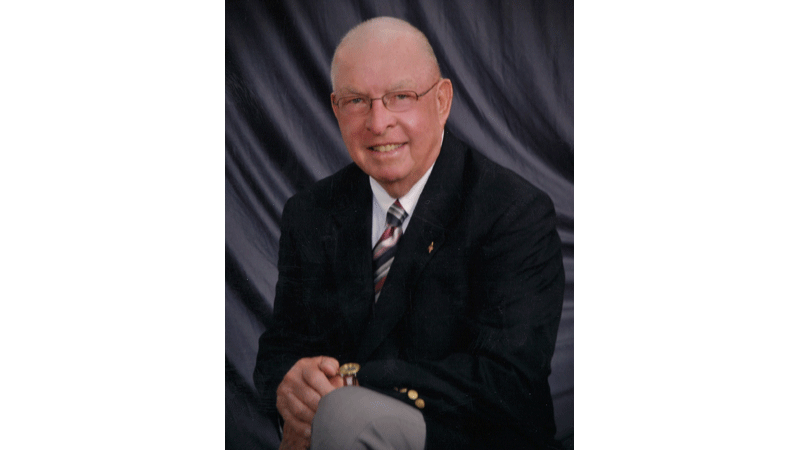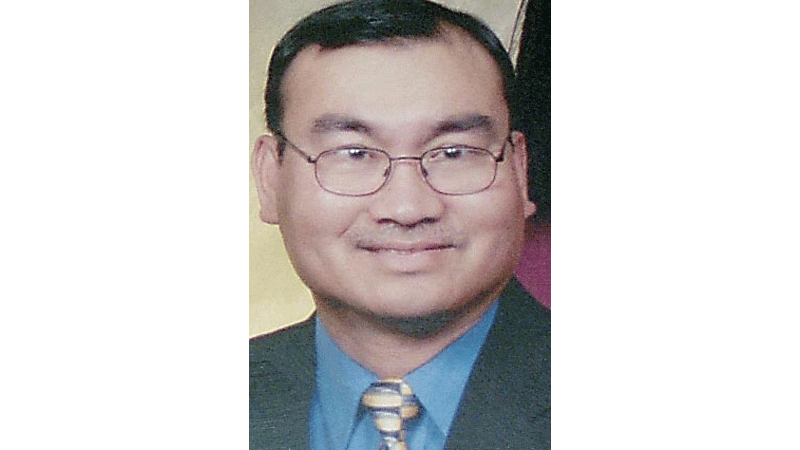Silencing the stigma
Published 2:58 pm Saturday, December 8, 2018
by Kenya Smith
Saturday, Dec. 1 was World AIDS Day when people come together to raise awareness about HIV/AIDS and to remember those who have died of it. AIDS, short for Acquired Immune Deficiency Syndrome, is caused by HIV (Human Immunodeficiency Virus,) which attacks the CD4 cells (T-cells.) These cells help the immune system by fighting off infections. If left untreated, HIV reduces the number of these cells, exposing the person to other infections. As a result, AIDS develops.
AIDS began to make headlines in the early 1980s, when five healthy young gay men became seriously ill. Since little was known about AIDS, people took extra measures to prevent infection. Sadly, some of those measures went too far due to the growing stigma. Even though there were rare cases of the disease found among drug users, female workers and Haitians, the CDC quickly associated AIDS with gay men and dubbed it “the gay disease.”
This connection lead to some people believing that AIDS was God’s way of punishing or cursing people who were LGBT. One famous example was when the late Rev. Jerry Falwell stated that “AIDS is God’s revenge for the sin of homosexuality” and suggested that those who had the disease should be quarantined. As the stigma grew stronger and thousands of more people succumbed to AIDS, discrimination against people with AIDS began to rise. Even youth with AIDS were targets of ridicule.
Thirteen-year-old Ryan White was diagnosed with AIDS in 1985 after he was given a blood transfusion to treat hemophilia, which is a condition in which the blood does not clot normally. He became a champion for AIDS awareness after being expelled from middle school in Kokomo, Indiana. After battling the school system, Ryan was allowed back to school in 1986, but people still labeled him as a health risk despite recent information proving that people could not contract AIDS through any casual contact. As a result, people avoided shaking hands with Ryan and his family, vandals trashed their yard with garbage and someone even shot a bullet through the window of their home. To escape public ridicule, the White family moved to Cicero in 1987 where the community was more welcoming. At this point, Ryan was entering high school, and the principal at his new school made sure that the students knew about AIDS, and the students carried what they learned about AIDS to their parents. Ryan was even invited to school dances and got a job. He fought hard to debunk the idea that AIDS was a curse or punishment and demanded that blood donations should be tested for HIV/AIDS. Although Ryan died on April 8, 1990, a month before his high school graduation, he lived life to the fullest, and his legacy still lives on. Four months after Ryan’s death, President George H.W. Bush signed The Ryan White CARE Act, a bi-partisan policy which guarantees improved availability of care for low-income, uninsured, and under-insured AIDS victims and their families.
Regardless of race, age, religion, gender, sexual orientation, or socioeconomic status, AIDS has no favorite group of people. Therefore, never look down on people with AIDS, and never say, “It won’t happen to me.” If you are diagnosed with HIV/AIDS, just understand that your condition is not your conclusion nor a death sentence. Don’t be afraid to get some professional help since there are treatments and resources that can help you live a long life. To learn more about HIV/AIDS, please visit www.cdc.gov and www.who.int.
Kenya Smith is an intern at The Tidewater News. Contact her at 562-3187 or email kenya.smith@tidewaternews.com.





